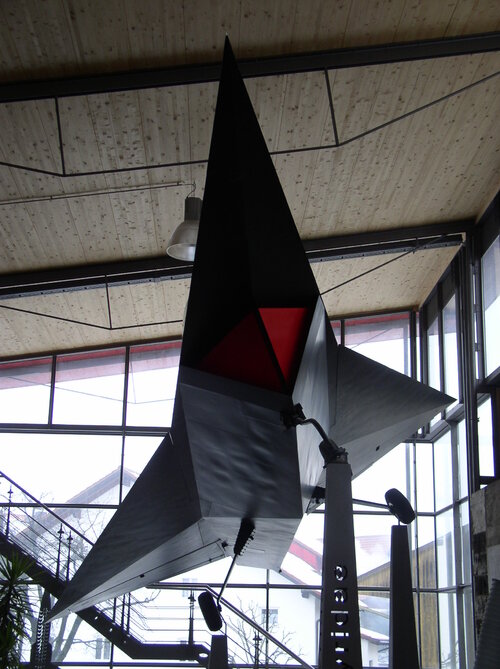You are using an out of date browser. It may not display this or other websites correctly.
You should upgrade or use an alternative browser.
You should upgrade or use an alternative browser.
Matej
Multiuniversal creator
hesham said:Hi,
a two versions to the MBB Lampyridae from Abovetopsecret
site;
http://www.abovetopsecret.com/forum/thread199681/pg1
This is not very accurate fanart.
For your pleasure...
Attachments
Nice pics Matej, I hadn't seen those before. Did you find them on the internet, or somewhere else ?
Have you published that article yet?
Quick collage that I made for my upcoming article.
Have you published that article yet?
Matej
Multiuniversal creator
Hobbes said:Nice pics Matej, I hadn't seen those before. Did you find them on the internet, or somewhere else ?
They are displayed in the Luftwaffenmuseum in Berlin.
Hobbes said:Have you published that article yet?
Yes, it was published one year ago in ATM magazine. Since then I found those two photos and a bit of additional information, so the latest version of story is always on my website.
Another trace of the Lampyridae project at DLR, found this time on the private homepage of a researcher at the Göttingen site (I first became aware of the picture elsewhere though):
http://www.rolfengler.de/Beruf/seite01.htm
Pressure sensitive paint visualisation of the pressure distribution - appears to be the now-familiar double delta configuration model again, going by the cropped wing tips. It is possible that the original source of the image is this publication, Engler being one of the authors:
http://rd.springer.com/article/10.1007/BF03182546
http://www.rolfengler.de/Beruf/seite01.htm
Pressure sensitive paint visualisation of the pressure distribution - appears to be the now-familiar double delta configuration model again, going by the cropped wing tips. It is possible that the original source of the image is this publication, Engler being one of the authors:
http://rd.springer.com/article/10.1007/BF03182546
Attachments
I've collected some Lampyridae info on my website.
A few years ago, at a model show where I displayed my Lampyridae model (build thread), I met someone who'd worked at the NLR at the time they tested the Lampyridae. He told me that on one test, the model came crashing through the side wall of the tunnel.
A few years ago, at a model show where I displayed my Lampyridae model (build thread), I met someone who'd worked at the NLR at the time they tested the Lampyridae. He told me that on one test, the model came crashing through the side wall of the tunnel.
- Joined
- 25 January 2020
- Messages
- 1,279
- Reaction score
- 1,948
How close was the Lampyridae to entering service, and did it have any influence over any following programs?
- Joined
- 9 October 2009
- Messages
- 21,928
- Reaction score
- 13,552
It was close to the flight demonstrator stage, I believe.
- Joined
- 25 January 2020
- Messages
- 1,279
- Reaction score
- 1,948
Interesting, I always thought that the German government cancelled it at the mock-up stage, and never took it quite seriously. Then again, I know very little about this project.
They spent € 4.5 M on the project, mainly to verify that their RCS tools worked and that the resulting shape was aerodynamically sound. They produced empty shells for practical tests on the RCS measurement range and in the windtunnel. So no aircraft systems were developed at all.
DASA (which absorbed MBB) did a proposal for a production fighter using the Lampyridae findings, this was the TDEFS. That wasn't taken up either.
Both would have needed years of development and several billion € of investment to get to the flying prototype stage.
DASA (which absorbed MBB) did a proposal for a production fighter using the Lampyridae findings, this was the TDEFS. That wasn't taken up either.
Both would have needed years of development and several billion € of investment to get to the flying prototype stage.
- Joined
- 9 October 2009
- Messages
- 21,928
- Reaction score
- 13,552
I think you may be wrong there. For one thing, the design that DASA proposed in 1995 was basically pretty much the same one that MBB had completed and nearly built eight years before, albeit with a few add ons (the idea now being less of a proof of concept and more along the lines of a developmental prototype). Another thing is that 4.5 million euros is around 8.8 million DM in 1981 money, the Euro having much less buying power than the old Deutsche Mark (not to mention that costs weren't quite out of control in the '80s as they are now generally these days). Not only that but that was the reported cost of the preliminary stage of the project, not the overall MRMF contract, which was never revealed if I am not mistaken. Additionally, West German R&D work on stealth aircraft in general had been ongoing since at least the mid-1970s. All this helps to explain how MBB was able to successfully flesh out a design for a flying demonstrator/testbed, which would have made heavy use of off the shelf avionics and other systems in much the same way that the US Have Blue demonstrators did.Both would have needed years of development and several billion € of investment to get to the flying prototype stage.
While the Lampyridae program undoubtedly had its domestic enemies (the, at times heated, Deep Strike vs Shallow Strike debate was still raging at that time, for example), the real foe turned out to be the United States. Unfortunately, when the USAF and DOD were informed about this program they had kittens. They were afraid that the ever efficient East German Stasi would be able to steal the plans of the MRMF and/or associated research and pass it on to the Soviet Union, potentially compromising the advantage that the United States had been able to gain in Stealth technology. More so, the US of course also dearly wanted to maintain a monopoly on stealth aircraft for as long as they could get away with it. Yet another likely factor was that during the late 1980s the US State Department was increasingly determined to try and shut down any advanced military aircraft programs in the West that could challenge allied procurement of US products such as the F-16 Falcon.
When DASA attempted to resurrect the program in the mid '90s, not only was the United States still hostile to any attempts to challenge its monopoly, but alongside the seeming lack of threat in the foreseeable future (classic End of History era shortsightedness) there was simply no money to be had for practically any military related programs, the defence budget having being rather dubiously gutted for the ostensible purpose of helping to cover reunification costs. The fact that with the end of the Cold War the anti-militarists were in the ascendance certainly didn't help matters one bit.
Last edited:
I was going by the deevelopment cost of e.g. the F-16 ($14 billion by 1986). On the other hand, the Lockheed Have Blue demonstrators cost $37M for the two flying aircraft.
bloody sky
ACCESS: Confidential
- Joined
- 3 September 2021
- Messages
- 82
- Reaction score
- 87
Recently,my friend create a model looks like it.A photo of the wind tunnel model in the F-104 museum, and two pages from Flight magazine.
View attachment 651062
Attachments
Last edited:
What scale?Recently,my friend create a model looks like it.A photo of the wind tunnel model in the F-104 museum, and two pages from Flight magazine.
View attachment 651062
bloody sky
ACCESS: Confidential
- Joined
- 3 September 2021
- Messages
- 82
- Reaction score
- 87
1/200What scale?Recently,my friend create a model looks like it.A photo of the wind tunnel model in the F-104 museum, and two pages from Flight magazine.
View attachment 651062
Thanks
bloody sky
ACCESS: Confidential
- Joined
- 3 September 2021
- Messages
- 82
- Reaction score
- 87
I print it by my pen,now.Recently,my friend create a model looks like it.A photo of the wind tunnel model in the F-104 museum, and two pages from Flight magazine.
View attachment 651062
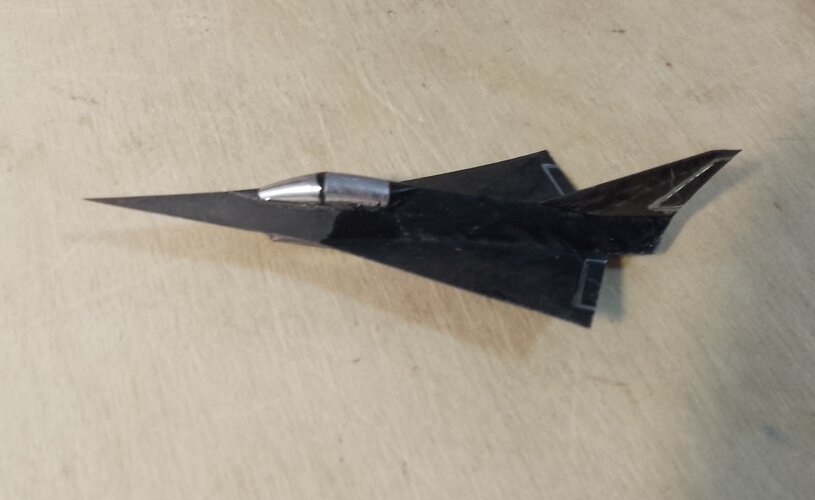
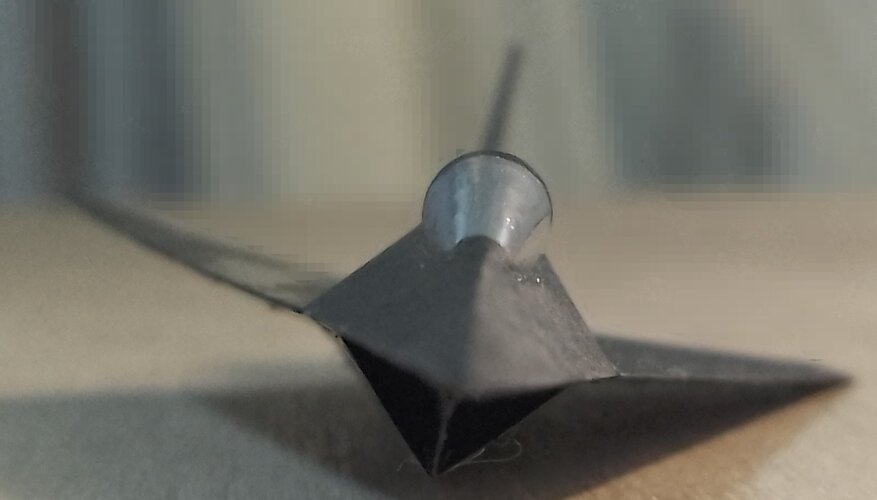
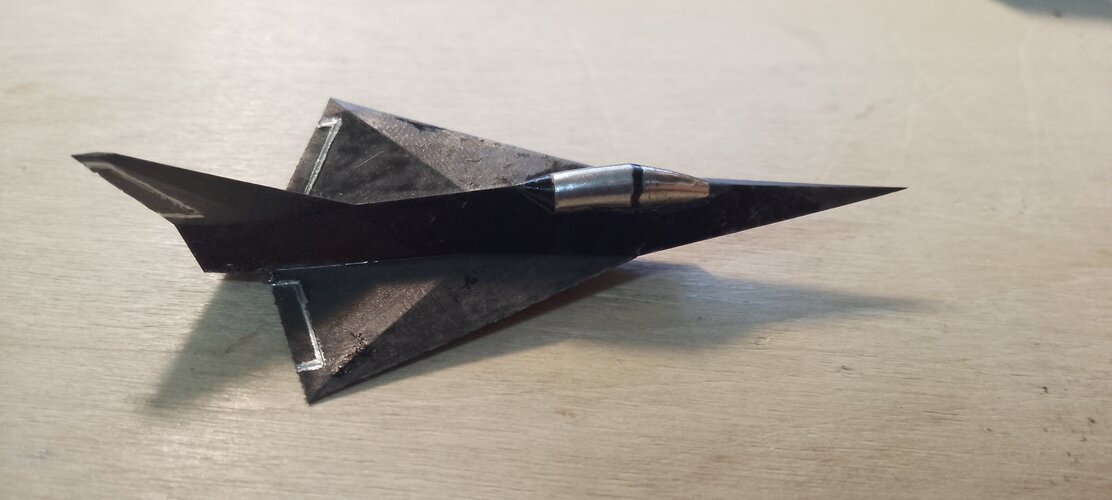
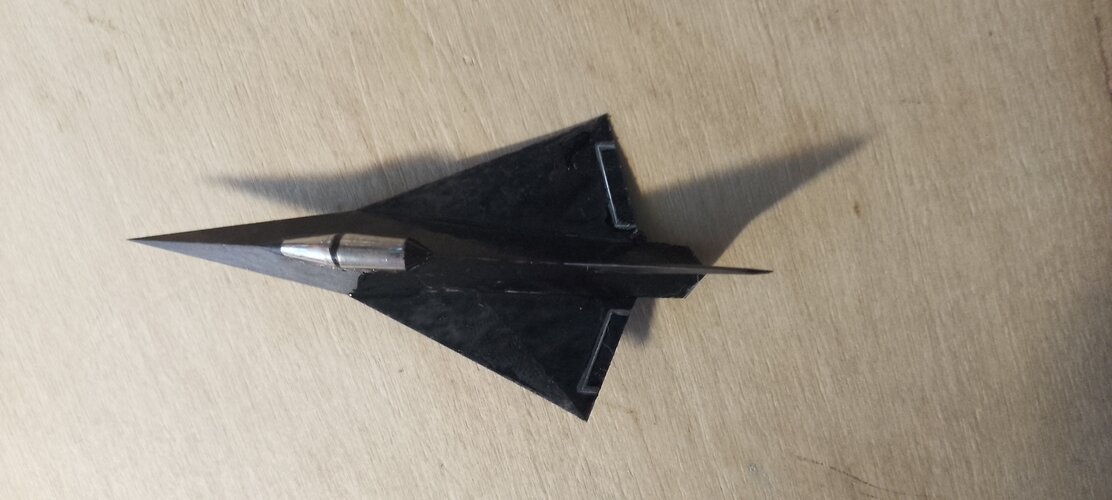
Last edited:
- Joined
- 3 June 2006
- Messages
- 3,094
- Reaction score
- 3,949
Looks like, that this smaller MBB Lampyridae wind tunnel model is now more accessible presented at the German museum "Deutsches Museum Flugwerft Schleißheim" near Munich.
View: https://flic.kr/p/2nAbs2Y
View: https://flic.kr/p/2nAbs2Y
Similar threads
-
MBB Lampyridae (1987) German Experimental Stealth Fighter Prototype
- Started by g0229
- Replies: 3
-
MBB BBH Armed Escort Helicopter
- Started by overscan (PaulMM)
- Replies: 15
-
-
-






